Rank and file: military wear lives to fight another day for Andrea Rosso
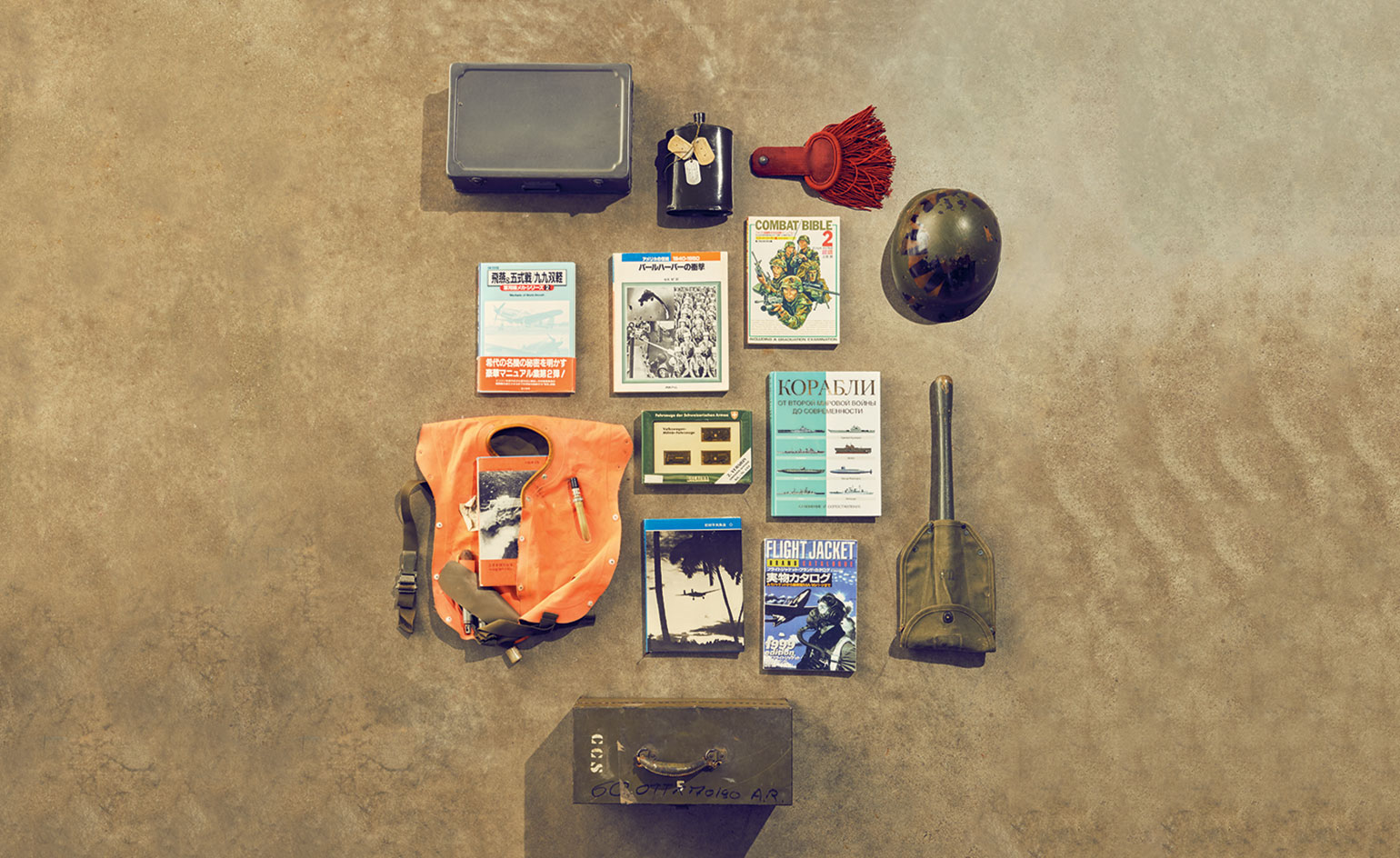
Fragments of military design are everywhere. The bomber jacket became standard issue for the US Air Corps in 1931, long before it was a basic item in men’s wardrobes. The peacoat was made popular by the Dutch navy more than three centuries ago and cargo pants were reportedly first worn in the late 1930s by British military personnel. Epaulettes, deep pockets, khaki green, distressed heavy-weight cottons, parka jackets – all borne of the battlefield.
In the mid-1990s, iconoclasts such as Helmut Lang and Martin Margiela favoured utilitarian, military details for their collections and army surplus became a streetwear favourite. Andrea Rosso bought and wore second-hand army clothes in the 1990s too. But unlike the rest of us – and as the son of Renzo Rosso, the founder of Diesel and the OTB Group (which today includes labels such as Maison Margiela, Marni and Viktor&Rolf ) – his interest went a little deeper.

This rare Swiss Army blue wool coat dates from the 1950s
Andrea has served as creative director for Diesel’s licences since 2014: ‘Working at Diesel I have become passionate about clothing, and experimentation. I come from a very technical school – I don’t come from design,’ he says. ‘I don’t actually know how to design or draw, but I like the production and technical aspects of how things work. It is in my blood.’
In 1994, Andrea founded 55DSL – the spunkier, younger brother to his father’s casualwear titan (he is also behind the brand’s interiors offshoot). Today he’s working on a line of restyled vintage military clothes produced under the name Myar (an anagram of ‘army’, as well as the initials of its amiable founder) – a personal project he began in 2015, away from the glare and big-gear machinations of the family business: ‘I grew up inside Diesel,’ he says. ‘A big company has completely different needs compared to a small start-up. I like the fact that I took my own decisions on things. When you have nothing, it’s so beautiful to create something.’
Plenty of design innovation has come from the military. Even the mobile phone network we rely on so heavily was designed for secure and reliable communication across battlefields. ‘In terms of clothing, functionality is very important,’ Andrea says. ‘The anatomy of the body has been studied very well and of course the geographical location of where the clothes will be used is examined too.’ His first experience of these clothes came aged 16 on a research trip with the then creative director of Diesel. Travelling as widely as Montreal and LA, New York and Tokyo opened his eyes to a new way of buying.
Myar takes original pieces and gives them a new utility. His team browse second-hand warehouses, mainly in England, the USA and Italy, where they can often find hundreds of the same style in one place. Despite the dealers with their organised rails trying to second-guess what Rosso might be looking for, his eye is always drawn to the piles on the floor.
‘I am very curious. If there is a pile of a hundred pieces, I like to look at the one behind it because maybe there is something else.’ The studio studies every garment, either updating the proportions for the Originale line or using dead-stock fabric to make street-smart ready-to-wear under the Collezione label, which launched this year. uniform, Rosso says, has its own silhouette, its own je ne sais quoi. ‘In terms of a sartorial look, the English uniforms are the best. They’ve been studied very well in terms of construction,’ he says. ‘I like the English cut.’ Its more tailored approach might very well appeal to his Italian sprezzatura. ‘I’m not against the “future look”, but somehow I always find the most beautiful things are from the past. Like what my grandmother used to stitch, or the mistakes on clothing made by hand.’
That irregularity between one piece and another is the opposite of the perfectly mass-made, industrial production with which Rosso is so familiar. ‘There are lots of military clothes just sitting in warehouses totally unused, but there is a beauty to the design, despite the negative connotations. I like to bring this beauty out again by having people wear it on the streets,’ he says. ‘This is a modern way to see classic.’
Wallpaper* Newsletter
Receive our daily digest of inspiration, escapism and design stories from around the world direct to your inbox.
As originally featured in the September 2017 issue of Wallpaper* (W*222)
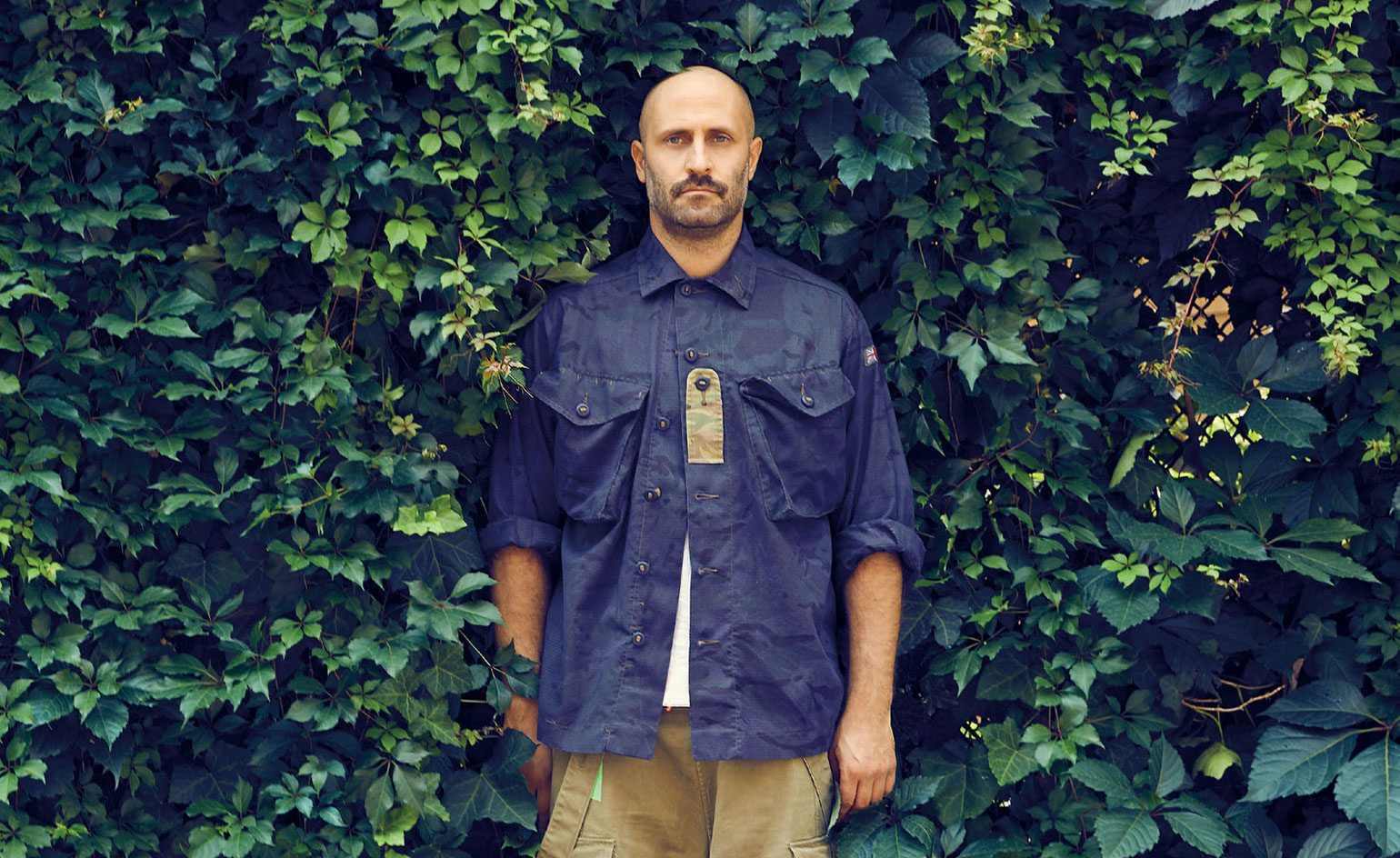
Rosso at 247Showroom in Milan, where the designer showcased his debut ready-to-wear Myar collection in June
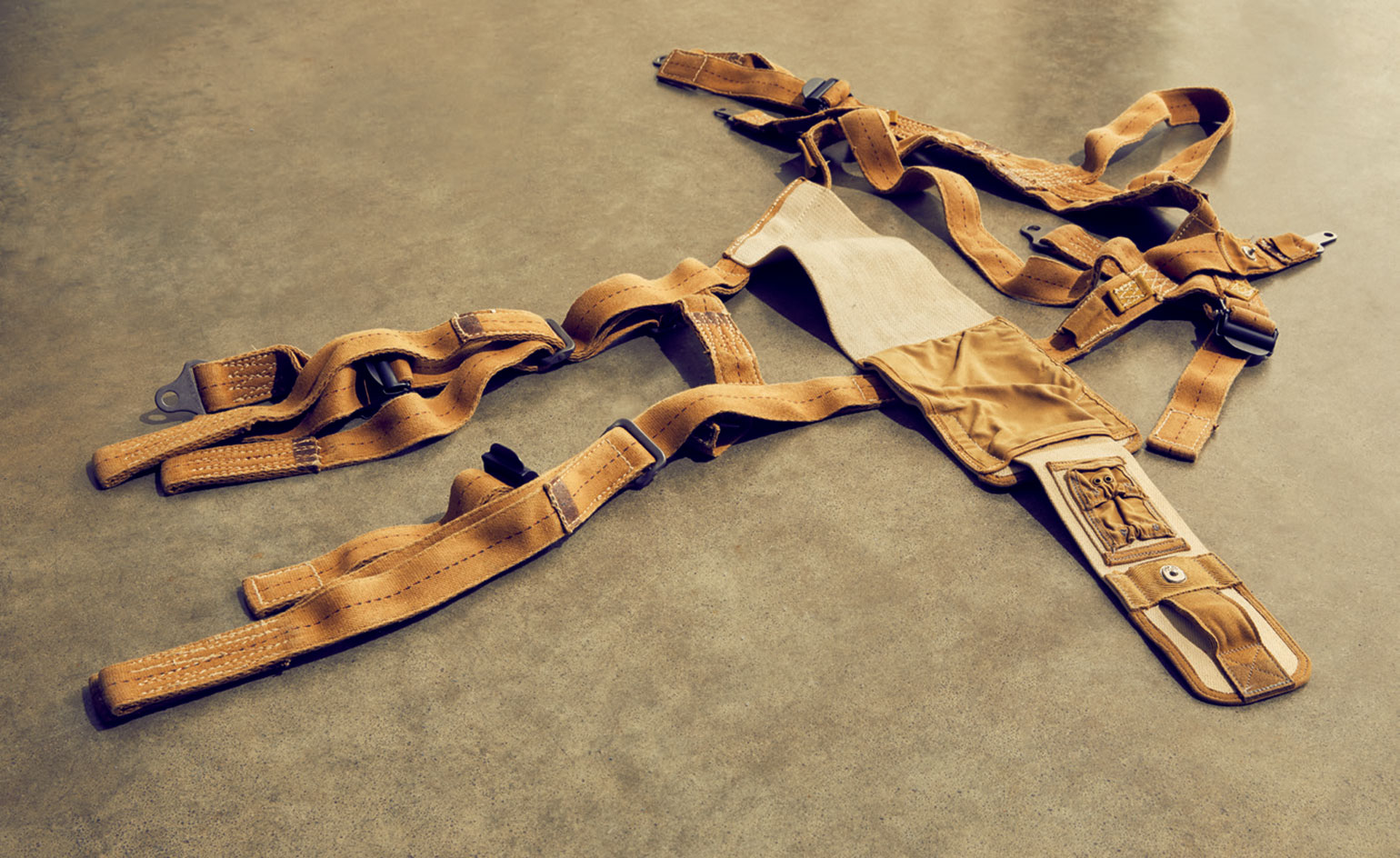
A british Royal Air Force harness dating from the 1980s
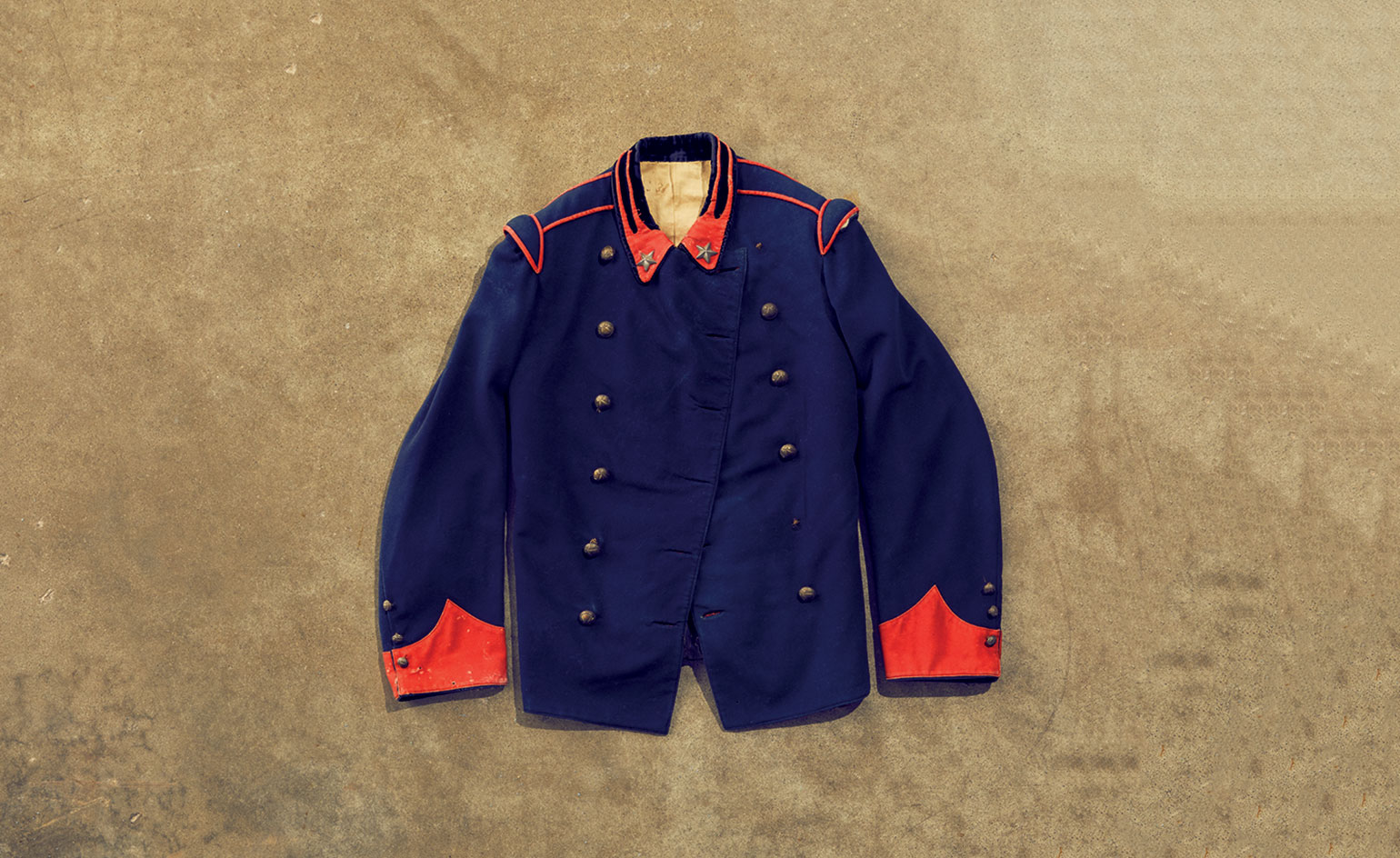
The cut of this Austrian military jacket from the beginning of the last century is a recurring reference. It transcends both time and territory
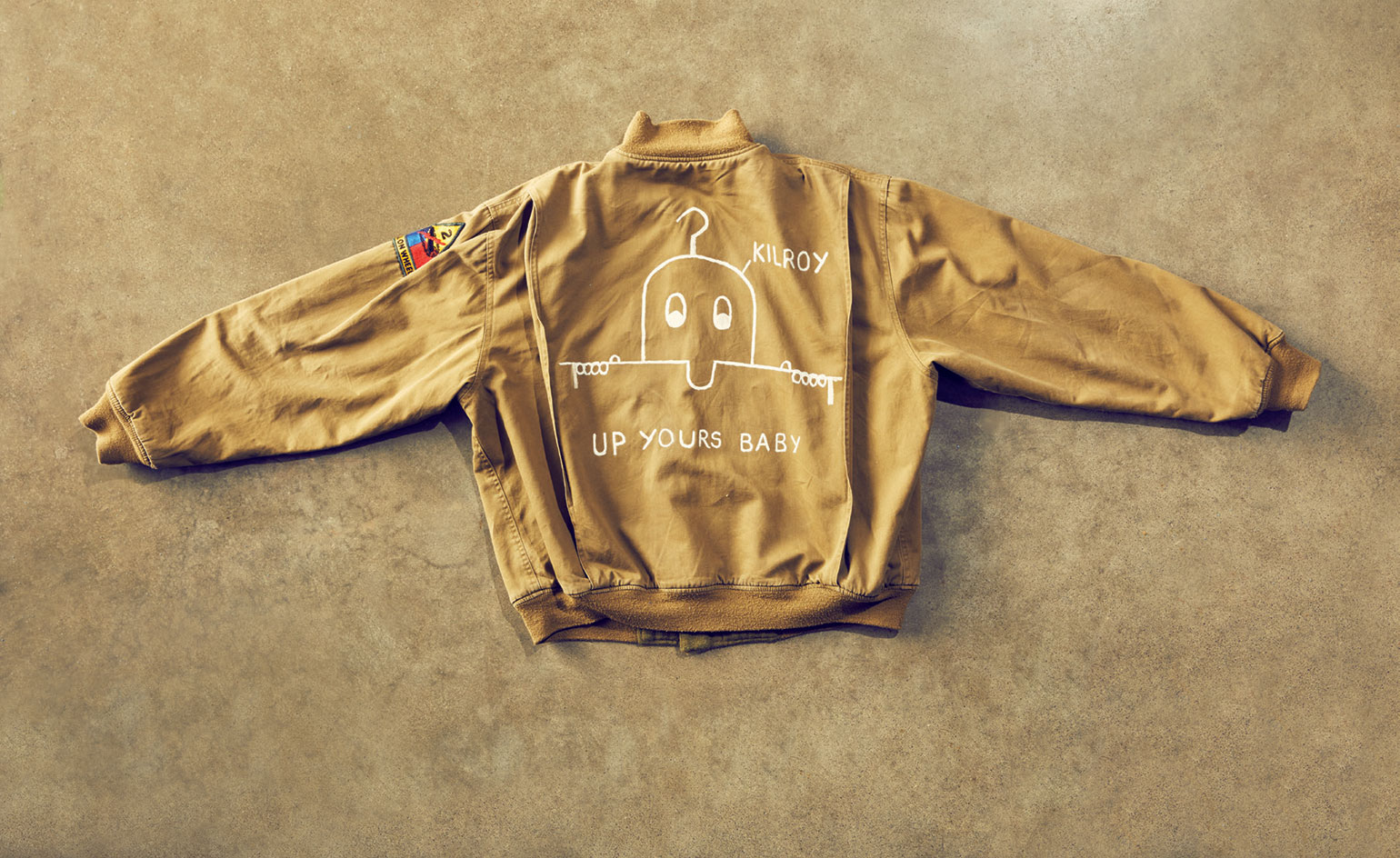
Some of the vintage military wear that Diesel scion Andrea Rosso repurposes or takes inspiration from to create his Myar collections. This US 2nd Armored Division jacket with a triangular ‘Hell on Wheels’ patch on the sleeve appeals to Rosso’s love of graphic design

This gas cape in ‘peaches and cream’ camo dates back to the Second World War. It inspired Rosso to layer camouflage patterns to create a modern, transnational patchwork for Myar’s S/S 2018 collection
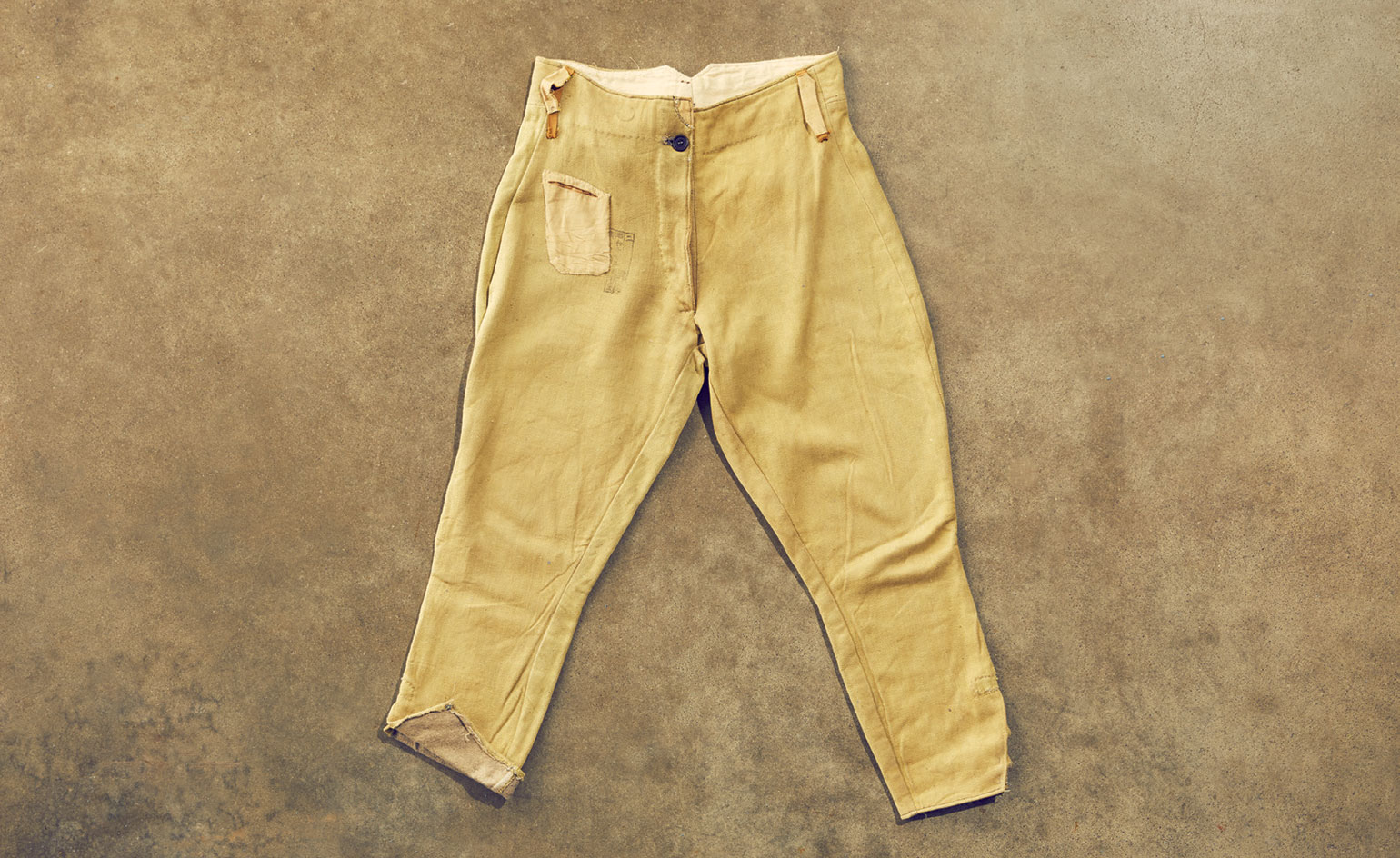
Japanese field-soldier trousers
INFORMATION
For more information, contact Myar via email
London based writer Dal Chodha is editor-in-chief of Archivist Addendum — a publishing project that explores the gap between fashion editorial and academe. He writes for various international titles and journals on fashion, art and culture and is a contributing editor at Wallpaper*. Chodha has been working in academic institutions for more than a decade and is Stage 1 Leader of the BA Fashion Communication and Promotion course at Central Saint Martins. In 2020 he published his first book SHOW NOTES, an original hybrid of journalism, poetry and provocation.
-
 Japan in Milan! See the highlights of Japanese design at Milan Design Week 2025
Japan in Milan! See the highlights of Japanese design at Milan Design Week 2025At Milan Design Week 2025 Japanese craftsmanship was a front runner with an array of projects in the spotlight. Here are some of our highlights
By Danielle Demetriou
-
 Tour the best contemporary tea houses around the world
Tour the best contemporary tea houses around the worldCelebrate the world’s most unique tea houses, from Melbourne to Stockholm, with a new book by Wallpaper’s Léa Teuscher
By Léa Teuscher
-
 ‘Humour is foundational’: artist Ella Kruglyanskaya on painting as a ‘highly questionable’ pursuit
‘Humour is foundational’: artist Ella Kruglyanskaya on painting as a ‘highly questionable’ pursuitElla Kruglyanskaya’s exhibition, ‘Shadows’ at Thomas Dane Gallery, is the first in a series of three this year, with openings in Basel and New York to follow
By Hannah Silver
-
 ‘He made something not merely popular, but the rage’: unpacking Elio Fiorucci’s fabulous fashion legacy
‘He made something not merely popular, but the rage’: unpacking Elio Fiorucci’s fabulous fashion legacyAn expansive new retrospective at Triennale Milano explores the colourful life and work of Elio Fiorucci, who is synonymous with 1970s hedonism and glamour
By Zoe Whitfield
-
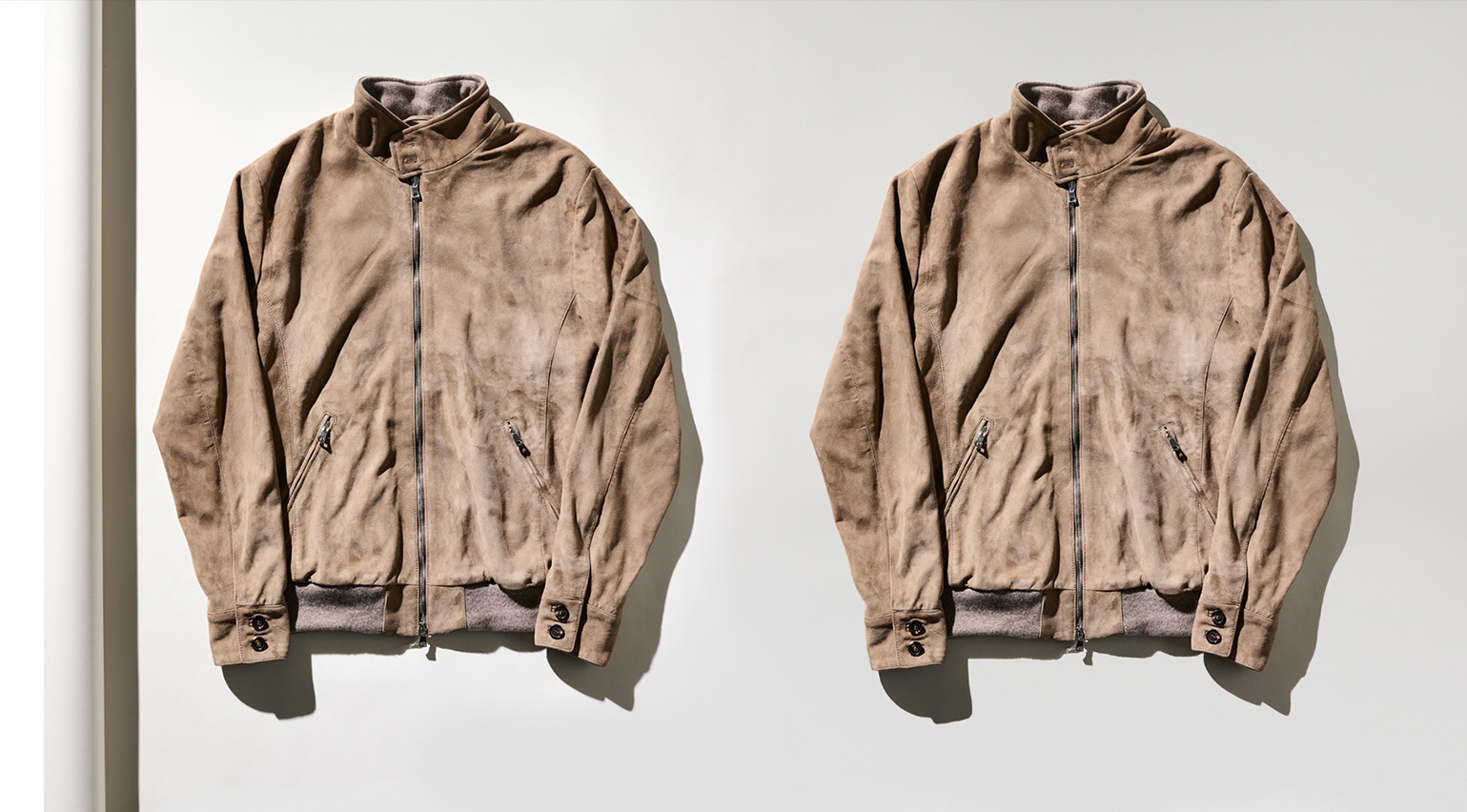 ‘What does a Luca Faloni jacket look like?’: this suede bomber marks the brand’s first foray into outerwear
‘What does a Luca Faloni jacket look like?’: this suede bomber marks the brand’s first foray into outerwear‘Made for years to come’, this lightweight bomber marks Luca Faloni’s entry into outerwear and encapsulates the label’s provenance-focused approach
By Jack Moss
-
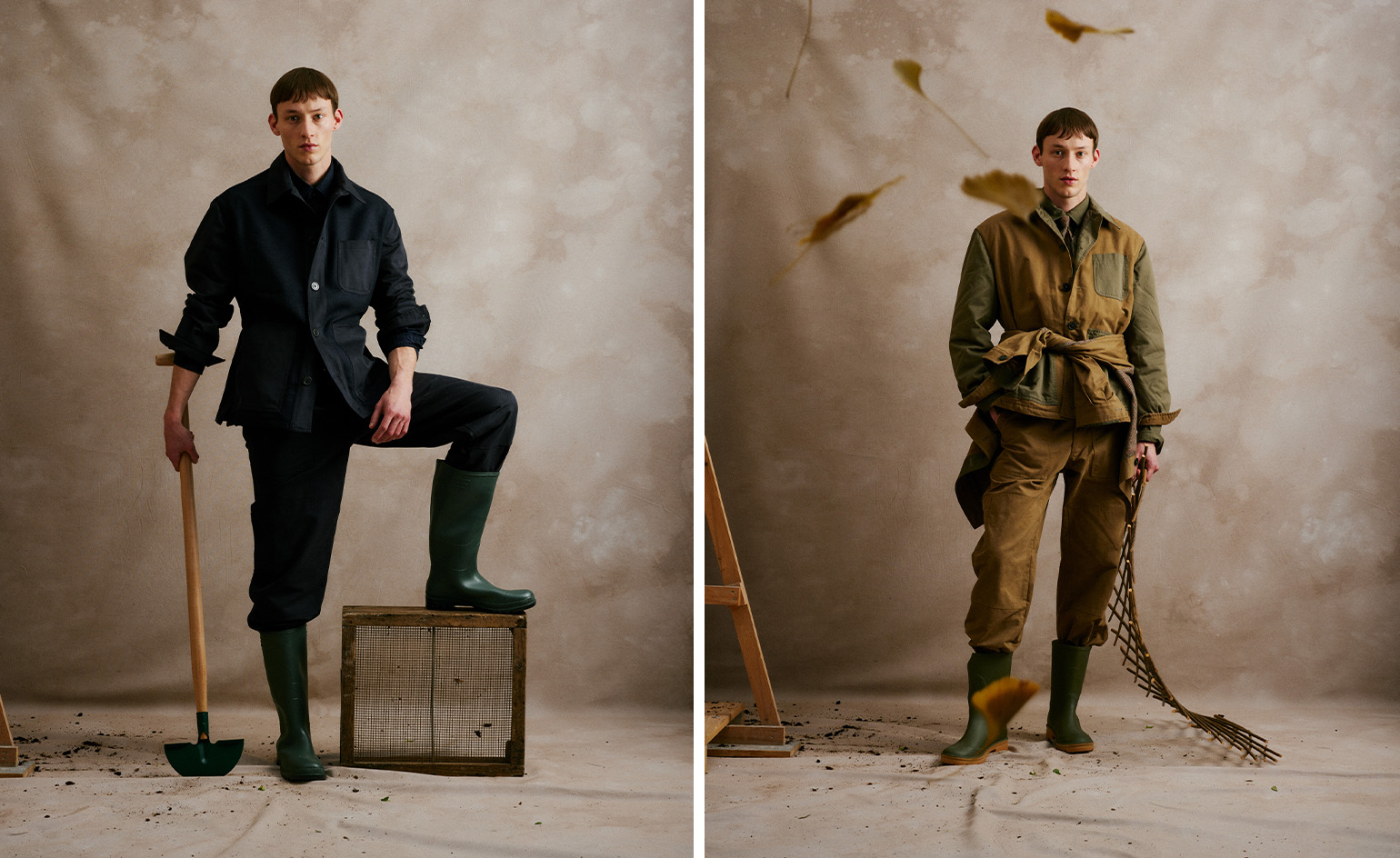 Rovi Lucca is the Milanese label creating ‘elevated workwear for garden lovers’
Rovi Lucca is the Milanese label creating ‘elevated workwear for garden lovers’Rooted in Italian craft, Bradley Seymour and Fabrizio Taliani’s horticulturally inspired Rovi Lucca finds inspiration in the gardens of Lucca, Tuscany
By Zoe Whitfield
-
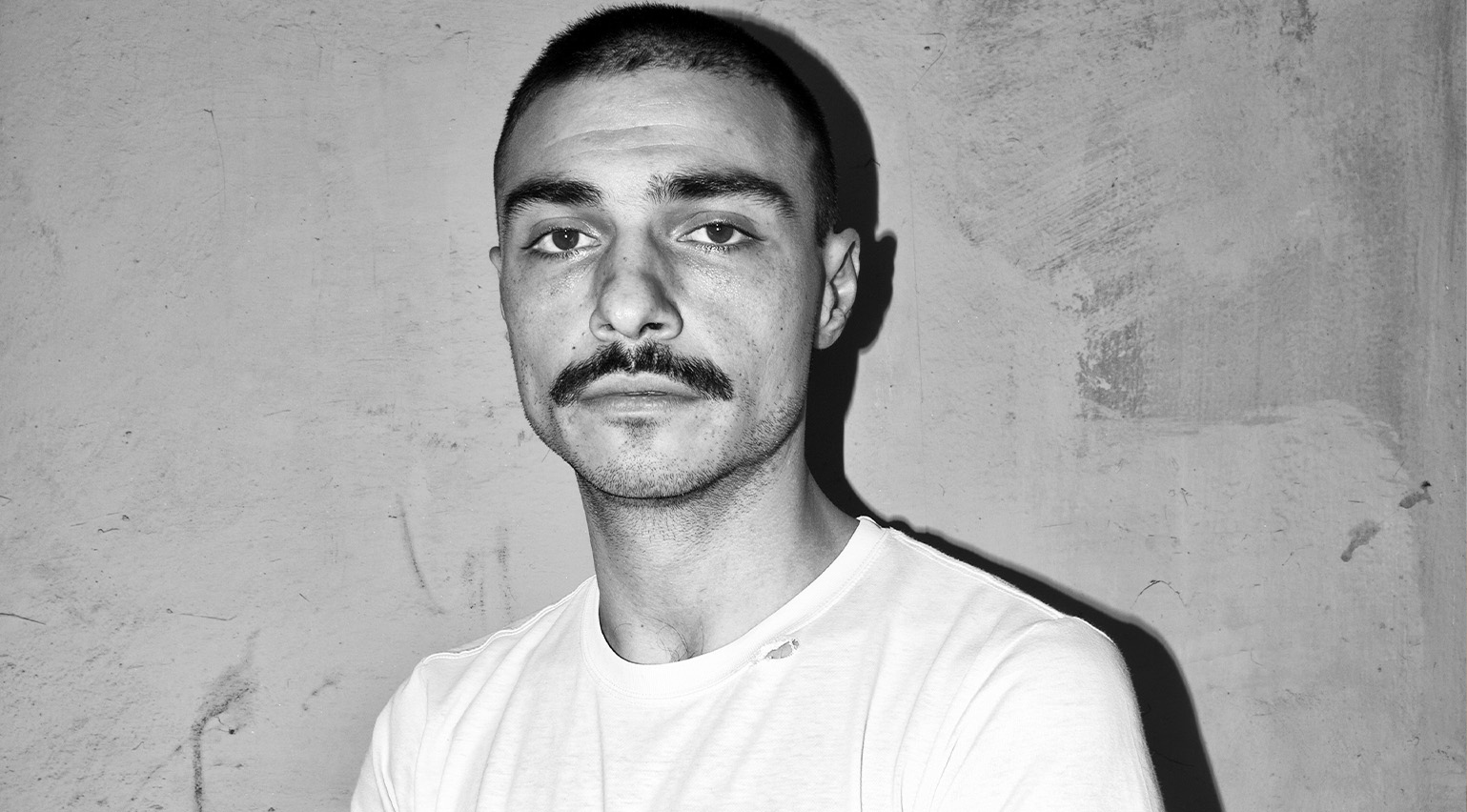 Luca Magliano takes Wallpaper* on a tour Bologna, the home of his non-conformist fashion label
Luca Magliano takes Wallpaper* on a tour Bologna, the home of his non-conformist fashion labelLuca Magliano gives Wallpaper* an insider’s guide to Bologna, Italy, the lifeblood of his on-the-rise label – from a museum of queer history to a mystical cemetery (and plenty of gelato)
By Jack Moss
-
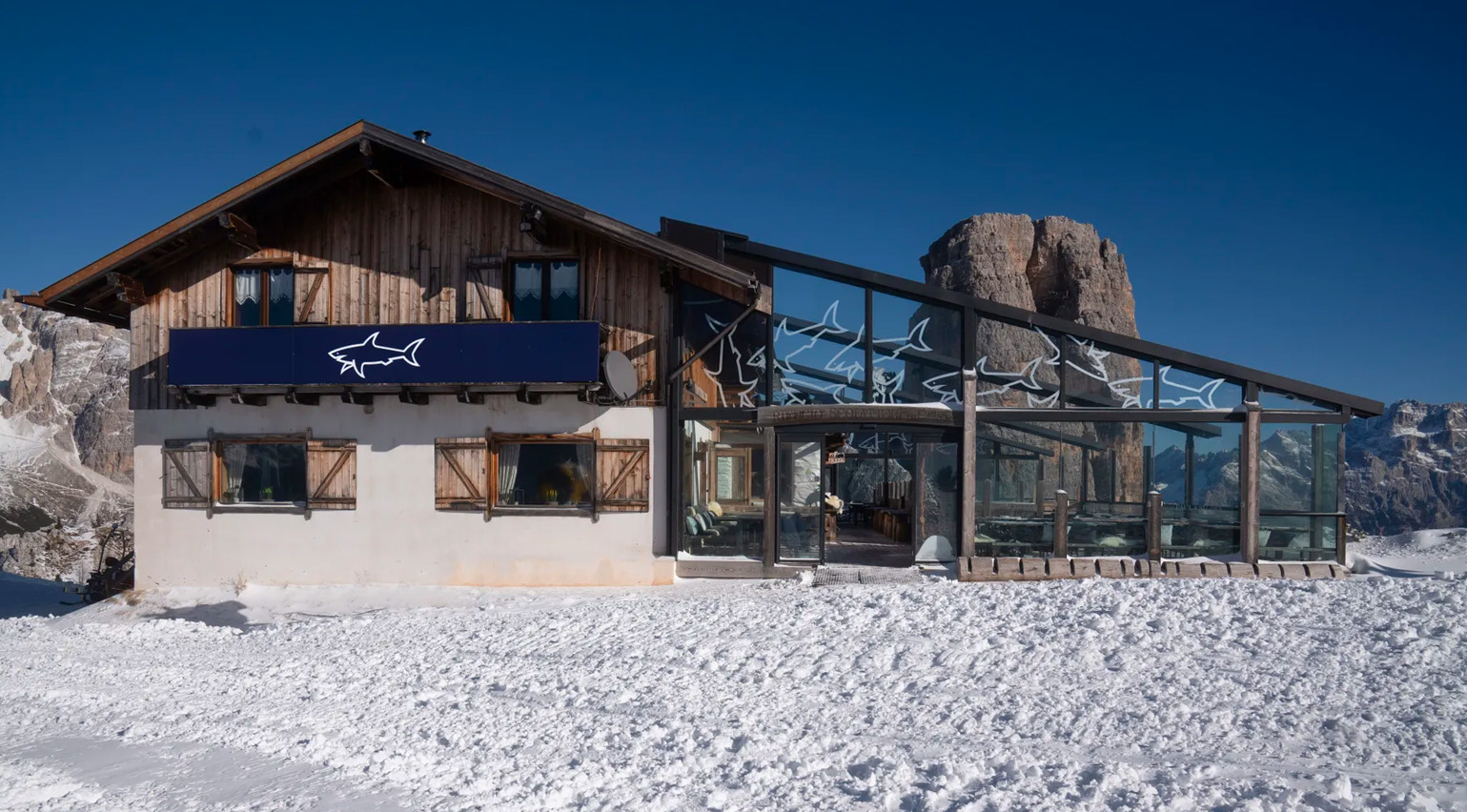 Paul & Shark hits the slopes with a Cortina ski resort takeover
Paul & Shark hits the slopes with a Cortina ski resort takeover‘Paul & Shark takes Cortina’ sees the label take over the Italian ski resort, kitting out the town’s ski club and Scoiattoli chalet
By Tianna Williams
-
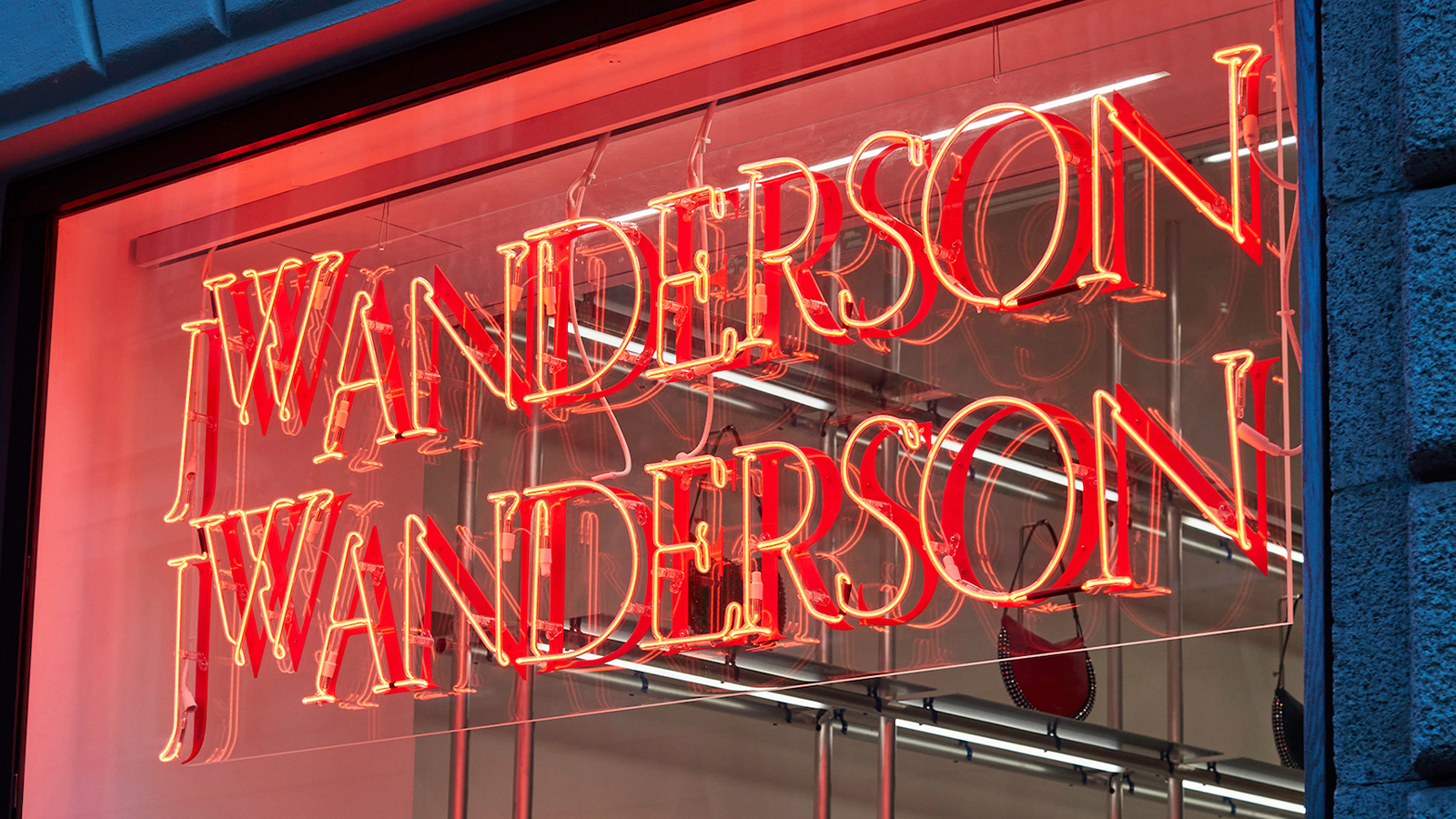 Jonathan Anderson on his new store in Milan, an ode to the city’s design codes
Jonathan Anderson on his new store in Milan, an ode to the city’s design codesFor his second JW Anderson store – and first outside of London – Jonathan Anderson has set up shop in Milan with a space that pays homage to the city’s stylistic codes. Here, he tells Wallpaper* the story behind the opening
By Jack Moss
-
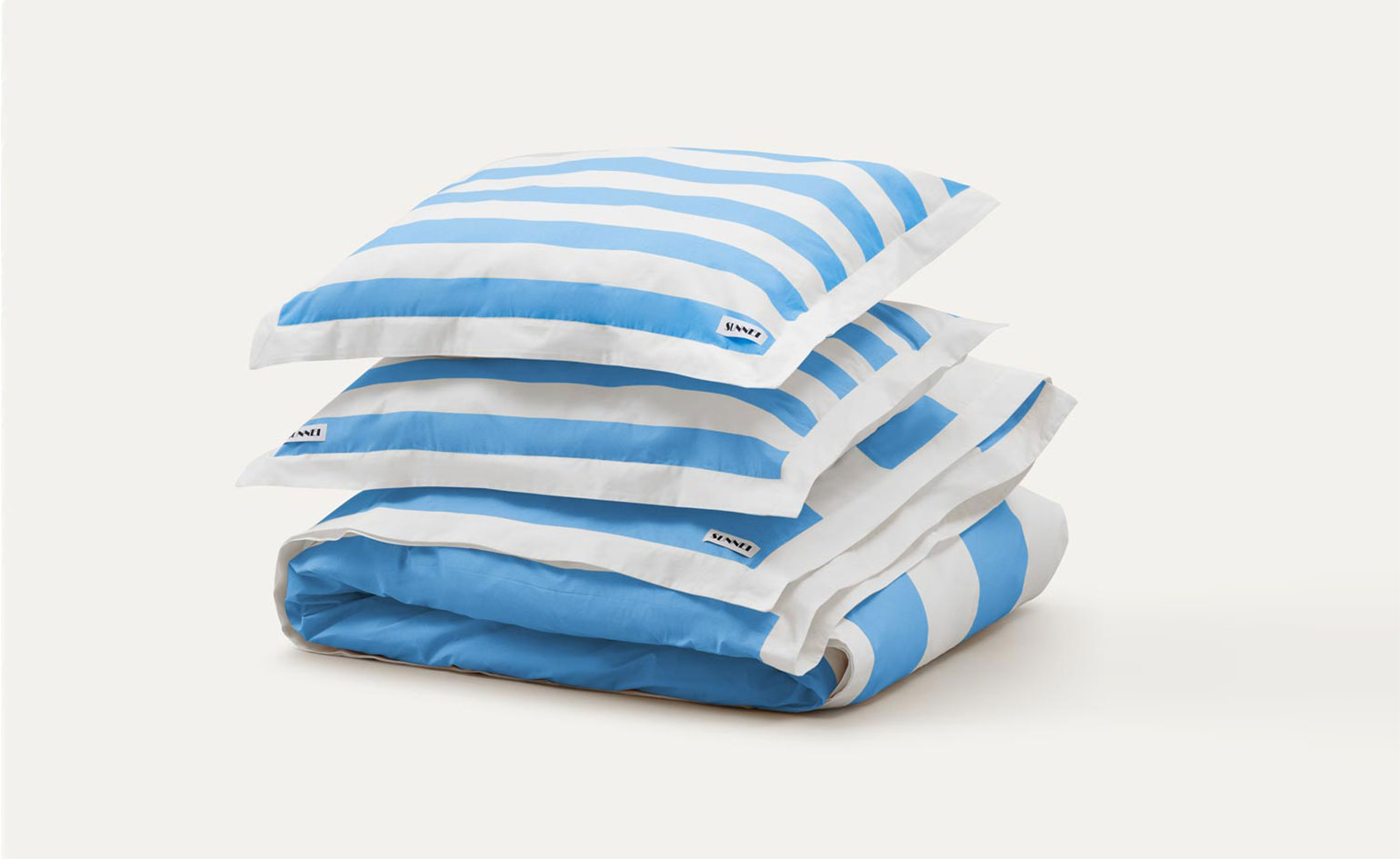 Sunnei launches its first Objects collection
Sunnei launches its first Objects collectionItalian label Sunnei launches a range of lifestyle pieces, ranging from pillows to puzzles
By Laura Hawkins
-
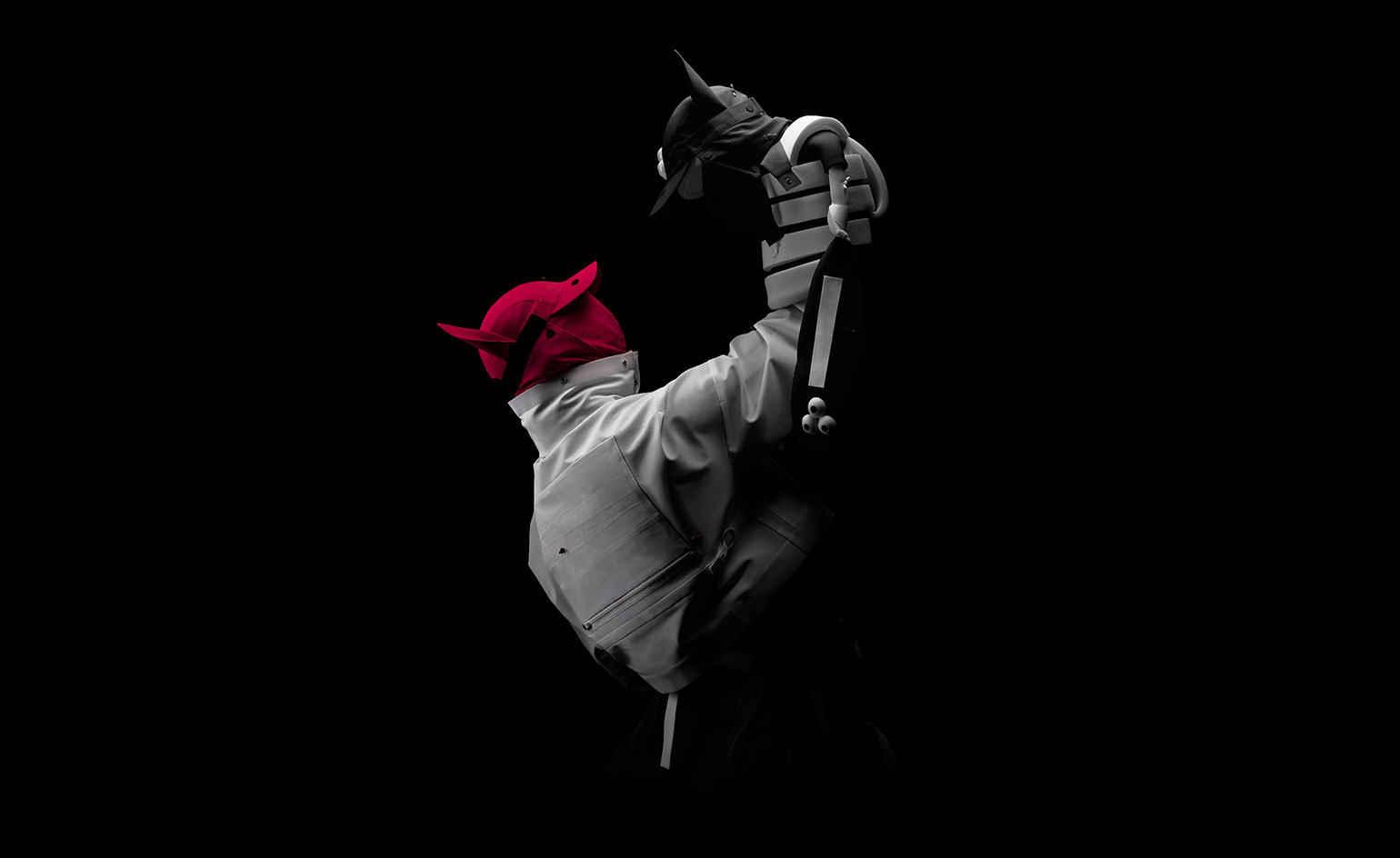 Aitor Throup launches first Anatomyland prototypes as NFTs
Aitor Throup launches first Anatomyland prototypes as NFTsBy Laura Hawkins